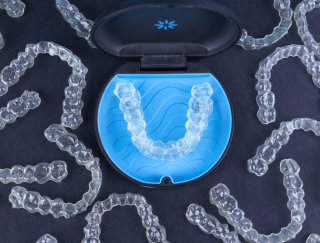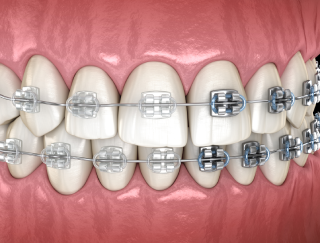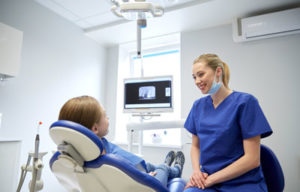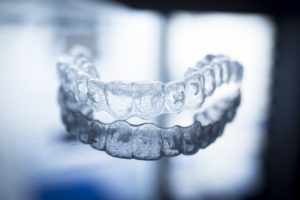Clear aligners are transparent, removable orthodontic devices designed to straighten teeth. Crafted from a smooth, BPA-free plastic, these aligners are custom-made to fit snugly over the teeth and gradually shift them into the desired position.
Aesthetic appeal
Clear aligners are nearly invisible, providing a discreet option for those who prefer a less noticeable orthodontic treatment. This aesthetic advantage not only contributes to improved self-esteem but also enhances social and professional confidence, as wearers can undergo orthodontic treatment without drawing undue attention.
Removability
Clear aligners can be easily removed for eating, drinking, and oral hygiene, offering more flexibility in daily life. The ability to remove aligners translates to no dietary restrictions, enabling individuals to enjoy a varied diet without concerns about damaging the orthodontic device. Additionally, easy removal facilitates optimal oral hygiene practices, contributing to overall dental health.
Comfortable Wear
The smooth and custom-fit nature of clear aligners generally causes less irritation and discomfort compared to traditional braces.Beyond simply avoiding discomfort, the reduced likelihood of mouth sores and injuries ensures a more comfortable orthodontic experience, making the treatment journey less physically challenging for the wearer.
Reduced Impact On Speech
Clear aligners typically have a minimal impact on speech, providing a more comfortable and natural communication experience.The adaptability of wearers to speaking with aligners is expedited, leading to faster articulation adjustment compared to the potential speech challenges associated with traditional braces.
Shorter Adjustment Period
Users often experience a quicker adaptation to clear aligners, requiring less time for the mouth to adjust to the orthodontic device. The lesser initial discomfort and quicker acclimatization contribute to a smoother transition into orthodontic treatment, ensuring that individuals can resume normal activities with minimal disruption.






